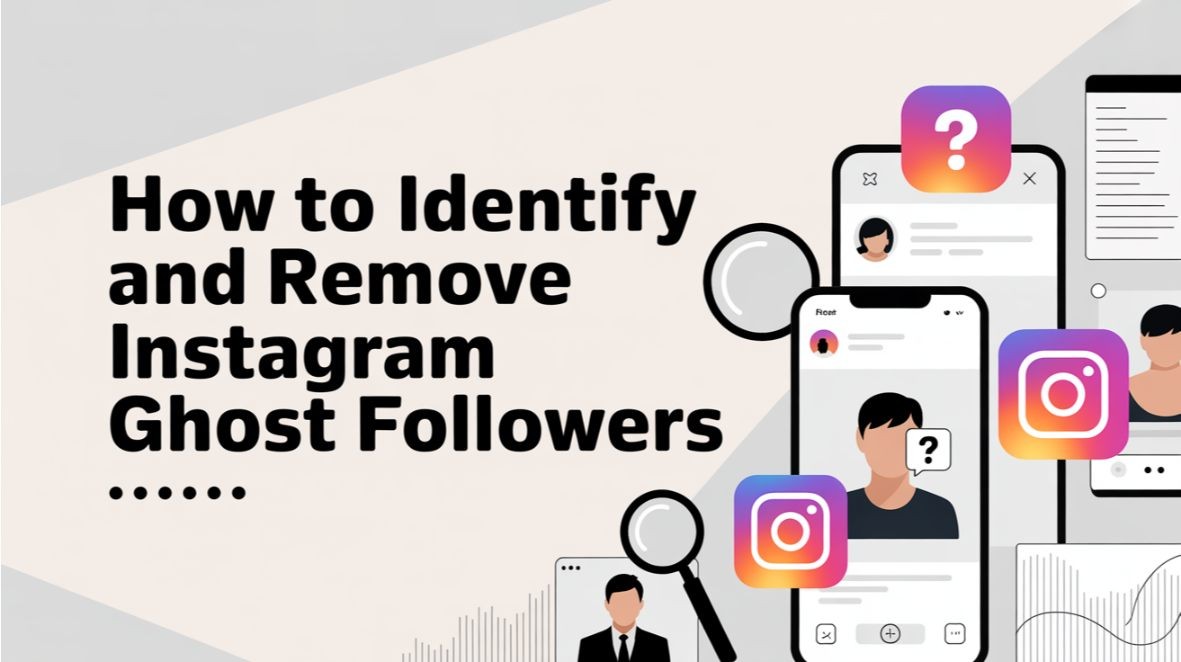How to create a proper content distribution strategy

Introduction:
Creating quality content in digital marketing is essential, and that’s why. Quality content is beneficial to your readers, but it also makes your brand look creative and helps you connect with your buyers. It also improves conversion rates; this is important. Therefore, developing a good content marketing strategy becomes another key element included within the digital marketing image.
But here's the catch: even if the content is amazing, it won't help you much if no one reads it. Simply put, it's pointless to create amazing things if no one knows about them or can find them. That would be a waste of time, money, and effort on your part. That's why, in addition to creating content, it's necessary to ensure that it reaches the right audience, a process known as content distribution.
Developing a Content Distribution Plan:
A good content distribution plan is required to get your content in front of the proper audience. Here's how to do it:
Developing High-Quality content:
It is essential to conduct research and strategy before diving into content creation. Here's how you can get started with your content strategy:
Set Specific Goals: Begin by outlining what you want to accomplish with your content. Setting precise goals makes measuring progress easier. For example, if you want to get 15,000 visitors to your blog in December, split it into daily targets to track your progress.
Research: Understand your target audience, explore online markets, and identify (Search Engine Optimization) SEO keywords that will help you reach your goals effectively.
Brainstorm Ideas: During brainstorming sessions, let your ideas flow freely. The idea here is to create a strategy for achieving your content objectives.
Select Information Type: Based on your research and objectives, choose the type of information that best meets your needs. Set up a blog for your business, for example, if you discover that it can greatly enhance your web exposure. You may also mix and combine content types such as social media postings, videos, infographics, podcasts, and more to simplify your content distribution strategy.
Crafting Outstanding Content:
Before you begin your content distribution journey, verify that your information has been thoroughly researched, organized, and successfully presented. Standing out among the 3.99 million bloggers is critical in a world where over 2 million blog entries are published every day. Here are some crucial elements to consider in order to make a difference.
Understand Your Audience: Determine what your readers want to read. You can't give them oranges if they want apples. Conducting online polls on social media sites such as Facebook and Twitter is a popular and efficient way to learn about your target audience's preferences. Engage your followers and get meaningful input from them in order to generate material that actually resonates with them.
Maintain Clarity: Just like in this blog post, where the focus is on content distribution strategy from the start, your material should have a clear message and purpose. This clarity aids lost readers in finding you and remaining engaged.
Tell a Story: In addition to maintaining clarity, weave a compelling story around your topic.
Choose the right channels: Identify which platforms your target audience uses. Social media, email, your website, or other online groups are options.
Media for Your Content Distribution Strategy:
You can utilize various types of media for content distribution, which are often classified as paid, owned, and earned:
Paid Channels: These are platforms that charge for content distribution. Here are several examples:
- Pay-per-click (PPC) ads
- Display advertisements
- Social media ads and sponsored posts
- Influencer marketing
- Native ads
- Google Display Network (GDN)
Media that is owned: platforms and properties that you build as a brand agency provide you with complete control over messaging and distribution.
Owned Media: Owned media consists of platforms and properties that you build as a brand, allowing you complete control over messaging and distribution. Owned media examples include:
- Company websites
- Blogs
- Social media profiles
- Mobile apps
- Email lists
Earned Media: Earned media is all about the visibility and reach your brand gets through third-party sources, not something you own or pay for. Brands frequently strive for favorable earned media, which includes:
- Word-of-mouth recommendations
- Mentions and shares on social media
- Testimonials and reviews
- Industry honors
- Influencer endorsements (unpaid) and media coverage
Plan Your Timing: Timing is everything. Determine when your target audience is most engaged on these channels and plan your content accordingly.
Use Social Media: Social media marketing channels are excellent for sharing content. Use hashtags, interact with your audience, and promote sharing.
Email Marketing: Send your content to your subscribers via email. It's a successful way to contact your target demographic. Make sure that your content is search-engine-friendly. Use relevant keywords to ensure that your website appears in search results.
Collaborate: To broaden your reach, form alliances with influencers, other businesses, or websites in your niche
Paid Promotion: Consider paid advertising to increase the visibility of your content, particularly on platforms such as Facebook, Instagram, and Google Ads.
Repurpose Content: Do not confine your content to a single format. To reach a wider audience, turn a blog post into a video, infographic, or podcast episode.
Monitor and adapt: Monitor the effectiveness of your content. Utilize analytics to see what’s doing well or not and prepare for a change in the strategy accordingly.
In simple terms, content distribution strategy comes down to knowing who your target audience is, where to distribute your content effectively, and measuring the returns in order to enhance progress.
Conclusion:
In short, the key aspects of a good content distribution plan involve six processes, including analyzing target groups, selecting the best distribution channels, and creating qualitative content, among others. Adhering to these principles will enable you to develop a content distribution strategy that can propel you through your marketing goals.
Related Blog
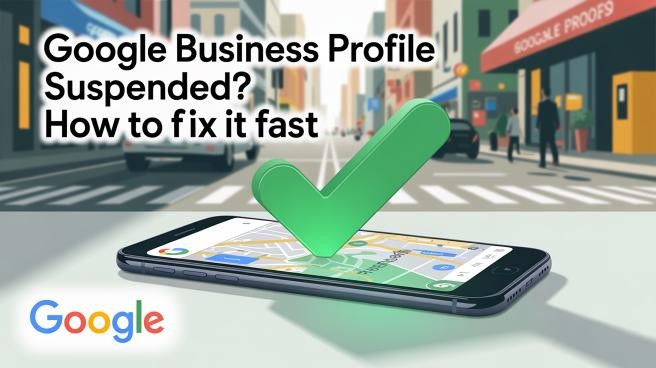
Google Business Profile Suspended? How to Fix It Fast
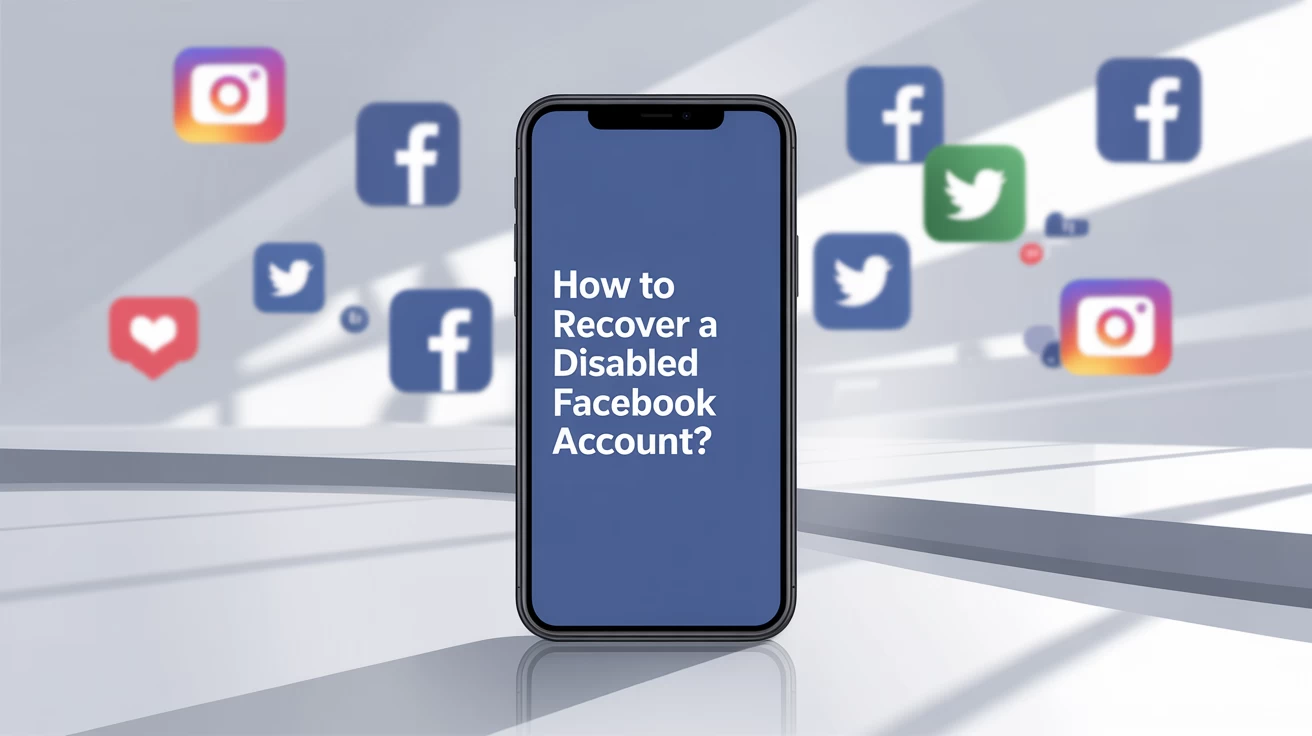
How to Recover a Disabled Facebook Account?

What to Do If Your Facebook Account Is Hacked and Your Email Is Changed

LinkedIn Shadow Ban: How to Avoid and Fix it

How to Recover a Hacked WordPress Website

How to start an IT company in Dubai

Best Ethical Hacking Companies in Dubai

Webflow vs WordPress Which is Better for Website Design?

20 Tips for Effective LinkedIn Marketing in Dubai

Top 10 Software Development Companies in Dubai


What is the Software Development required for Creating Payment Gateways?

How does Google treat AI Content in SEO?

How can Brand agencies bring success to B2B Business in the UAE?

Maximize Sales with e-commerce Advertising Strategies

Schema Markup for SEO: Boost Your SERP Visibility with Structured Data

FIVE STRATEGIES TO INCREASE YOUR BRAND LOYALTY

What are the Branding Strategies for a Small Business in the UAE?

How can digital marketing be useful for small businesses?

What are the Things to Consider for Hiring Creative Agencies?

What are the different ways to protect the website from unethical hacking?

What are the mistakes to avoid while customizing a WordPress website?

Why is Website Maintenance important for your Business?

Trends of Future Creative Agencies in UAE

How can AI transform digital marketing in the UAE?



How can a powerful Landing Page Design lead to higher conversion?

Checklist to build a winning e-commerce website


WHAT ARE THE SUCCESSFUL ELEMENTS REQUIRED FOR BRANDING A WEBSITE IN UAE?

What are the best web designing tools that can renovate your site?

What are the web designing strategies that can improve the SEO ranking?

How social media impacts the promotion of the business in the Future?

What is the SEO checklist involved in content writing?

Top Ten Mobile App Development Companies in UAE

How do we choose the best brand name for the business in UAE?

What are the top e-commerce Software Solutions required for the IT industry?

Why is user experience crucial in website development?

How to Choose the Right Ecommerce Platform for Your Business

How to Optimize Your LinkedIn Profile for Maximum Exposure?

How Can Branding Agencies in The UAE Promote Businesses?
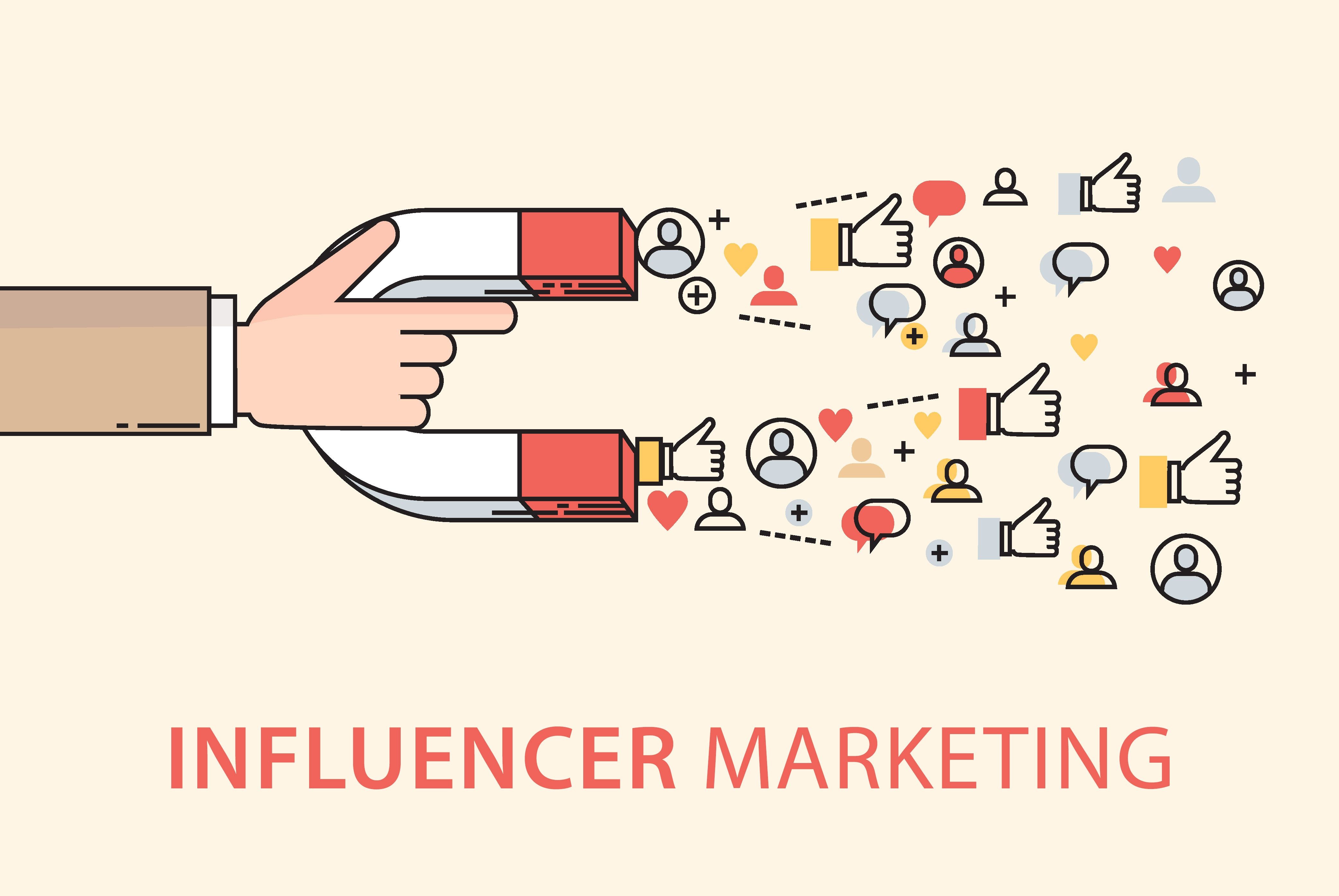

Top 10 SEO Agencies in Dubai

TOP TEN MARKETING CONSULTANTS IN DUBAI

The Top 10 Must Have WordPress Plugins for Your Website
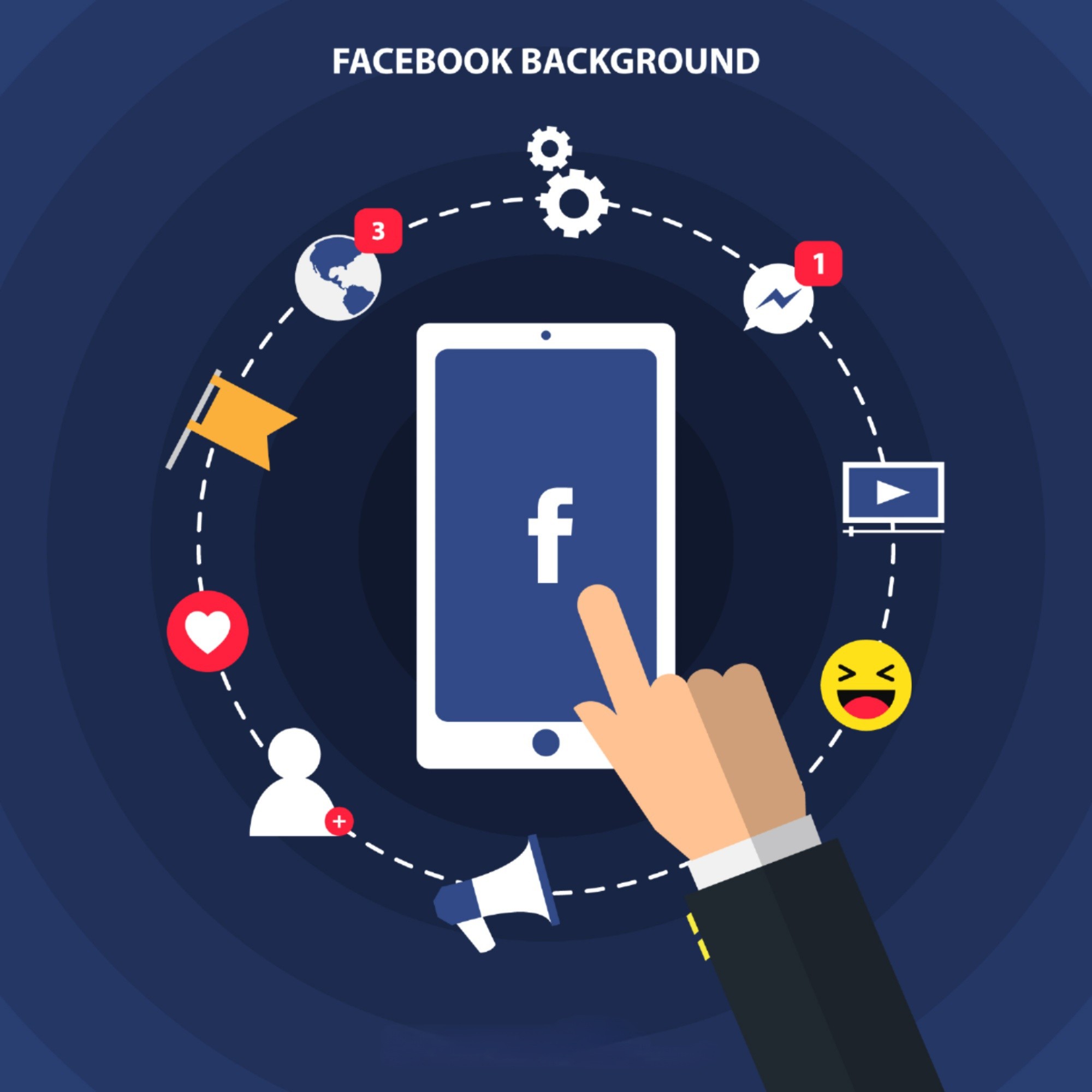
The Future of Facebook Marketing: Trends and Predictions

What are the successful CRM strategies?

Reasons why you should hire a professional branding agency

How Web Development Helps Your Business

How to Grow your digital agency in 2023?

Why Cyber Security is Important for Your Business

Key Factors for Choosing the Right System Integrators
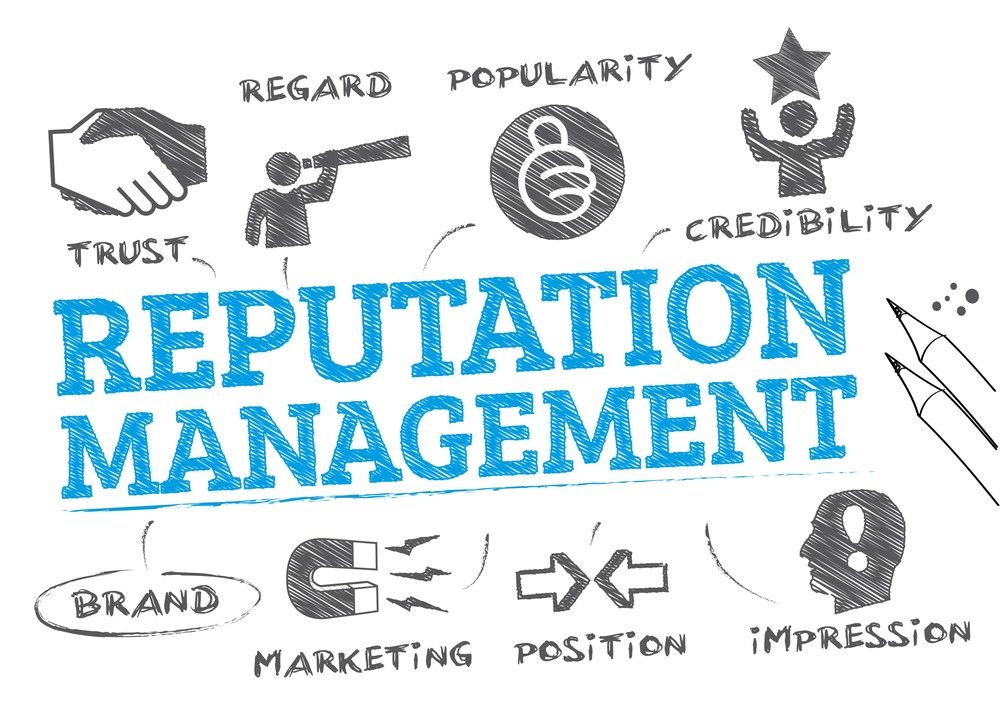
How to Choose the Right Reputation Management Company

How Ethical Hacking is Different from Normal Hacking?

Things to Consider While Choosing a Software Development Company

Top 7 Reasons to Hire a Content Marketing Agency in Dubai

10 Factors to Consider While Selecting Web Designing Companies in Dubai

Importance and Benefits of SEO for Your Business

TIPS FOR CHOOSING A SOFTWARE TESTING COMPANY

Questions You Should Ask Before Choosing A Social Media Agency In UAE
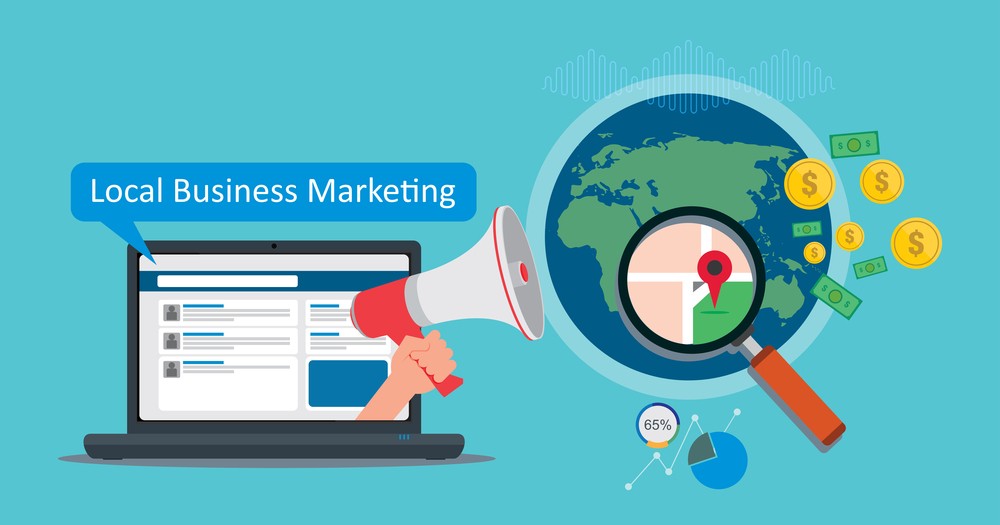
How to Market your Local Business in Dubai?
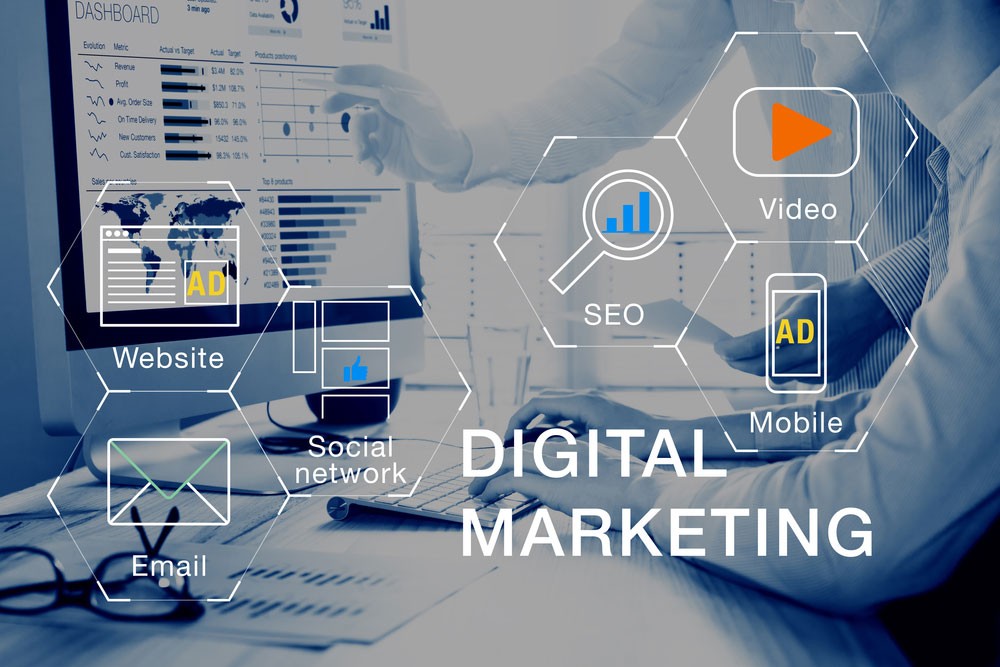
How to choose a good digital marketing agency for your business in Dubai

